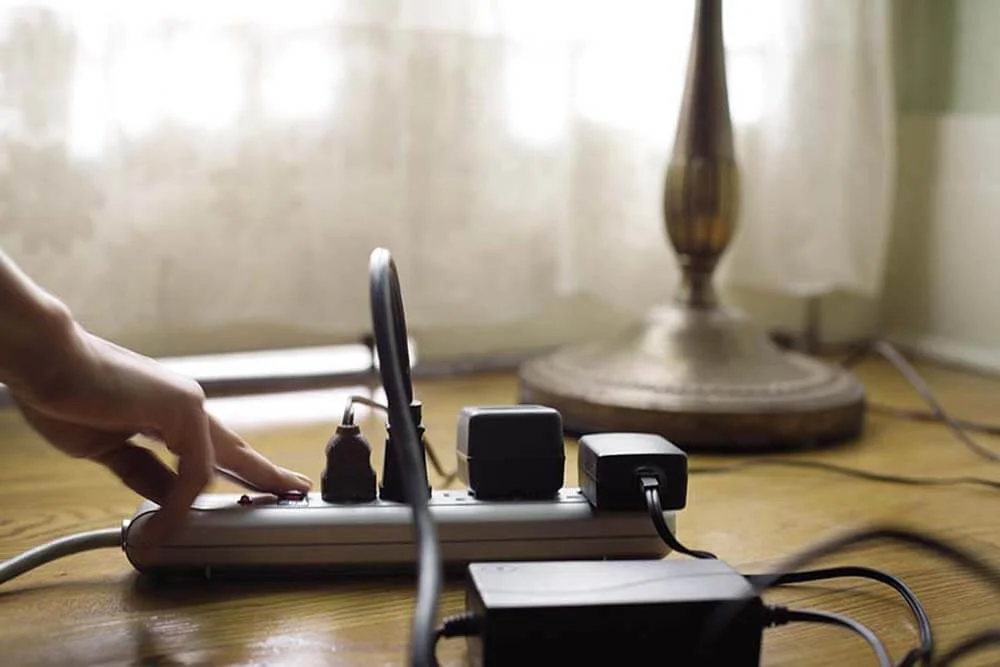
A global concern is taking centre stage today: the cost of living. And Australians are not immune to these changes. Everything from food to utilities costs more for various reasons, including inflation, higher demand, stagnant salaries, taxes, and currency depreciation. These changes significantly negatively affect household budgets and necessitate a ‘general tightening of the belt’. Therefore, finding ways to keep your household costs as low as possible is crucial.
One of your household’s primary expenses is energy or utility bills. As a result, you may be paying more to power your home than ever before. Conversely, if you sought to mitigate such issues by installing a solar system, you may feel like you are in the clear. But that is not always the case. So while installing solar panels may be a step in the right direction (and a very savvy one at that), you must still find ways to optimise their use for more beneficial results.
A household’s energy needs typically spike after sunset, when you require more power to keep your home running. Conversely, most Australian families use on-grid solar systems (so they remain connected to the primary grid while eliminating the need for a solar battery). As a result, while you may enjoy the benefits of solar power during the day, you must manage the use of costlier grid-drawn energy at night.
So, to maximise the advantages of installing a solar system, here are a few tips on how to reduce your power usage- and your bill- at night.
Turn off electronics and lights
Many people habitually neglect or forget to turn off lights and electronics when they aren’t in use. However, leaving them on means using more energy, thus, higher power costs.
Therefore, it is best to train every member of your household to turn off the lights when leaving a room and shut down electronics that aren’t in use. Additionally, it may be beneficial to identify non-essential appliances and schedule their usage for the daytime.
Unplug chargers and appliances
Appliances and chargers continue consuming electricity as long as you leave them plugged in. Hence, it is best to take the powering-down habit further by unplugging them altogether.
Set your computer to “sleep” mode
If you are working on your computer at night and have extended periods of inactivity, it may be best to put it in sleep mode at these times instead of leaving it running. Doing so helps cut back on the amount of power it consumes.
Adjust the thermostat to save energy on heating/cooling
Your home’s temperature levels usually dictate your comfort. Therefore, you may be tempted to keep your air conditioner or heater on all night, if only to ensure a good night’s sleep and a comfortable home in the morning. However, this desire may be counter to your cost-saving efforts as it costs more to heat and cool your home.
Instead of relying on your heater or air conditioner at night, you can operate them throughout the day when solar energy is your primary power source. You can then power them off once the sun goes down. This alternative allows you to set up a comfortable home environment using the most budget-friendly power option. However, it also relies on you having superior insulation.
Avoid using energy-intensive appliances during peak hours
Washing machines, dishwashers, and ovens require a lot of energy to run. Hence, it is best to avoid operating them during peak energy usage hours (usually 7-9 p.m. and the early morning). Instead, you can program them to work when your solar energy generation is at its peak (typically mid-morning to mid-afternoon hours).
In order to ensure that you have sufficient solar energy to run all your appliances, it is best to stagger their operating periods. This approach helps you avoid using a lot of energy at once.
Invest in smart home devices and energy-efficient light bulbs
Embrace technology by considering implementing smart home devices. These gadgets can help you automate energy-saving behaviours (like activating energy-intensive appliances at specific times), thus easing and streamlining your adjustment efforts.
Energy-efficient light bulbs, like LED and CFL lights, consume less power than traditional incandescent bulbs. This attribute leads to lower electricity bills and reduced greenhouse gas emissions. LED lights, in particular, are highly energy-efficient and can last up to 25 times longer than incandescent bulbs. They also emit less heat and are available in various colour temperatures and brightness levels.
By switching to energy-efficient light bulbs, you can reduce your energy usage by up to 80% compared to incandescent bulbs. This difference means lower electricity bills and a smaller carbon footprint.
Implementing these tips in conjunction with your solar system allows you to maximise the benefits of switching to solar power while reducing your energy usage at night and saving on your monthly power bill.
